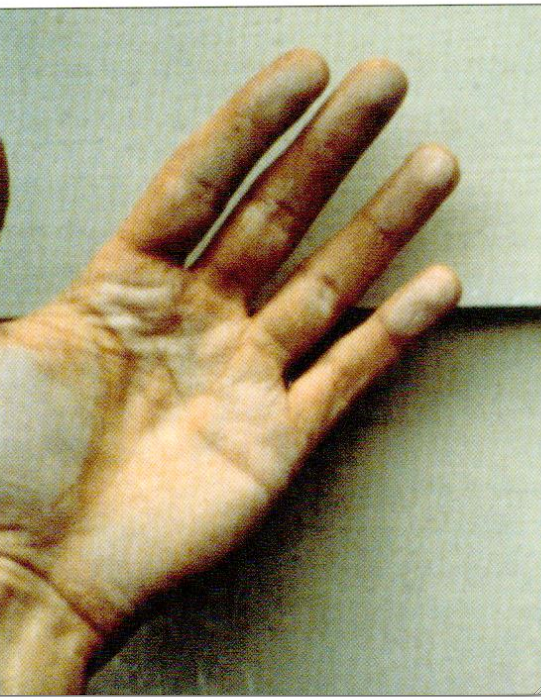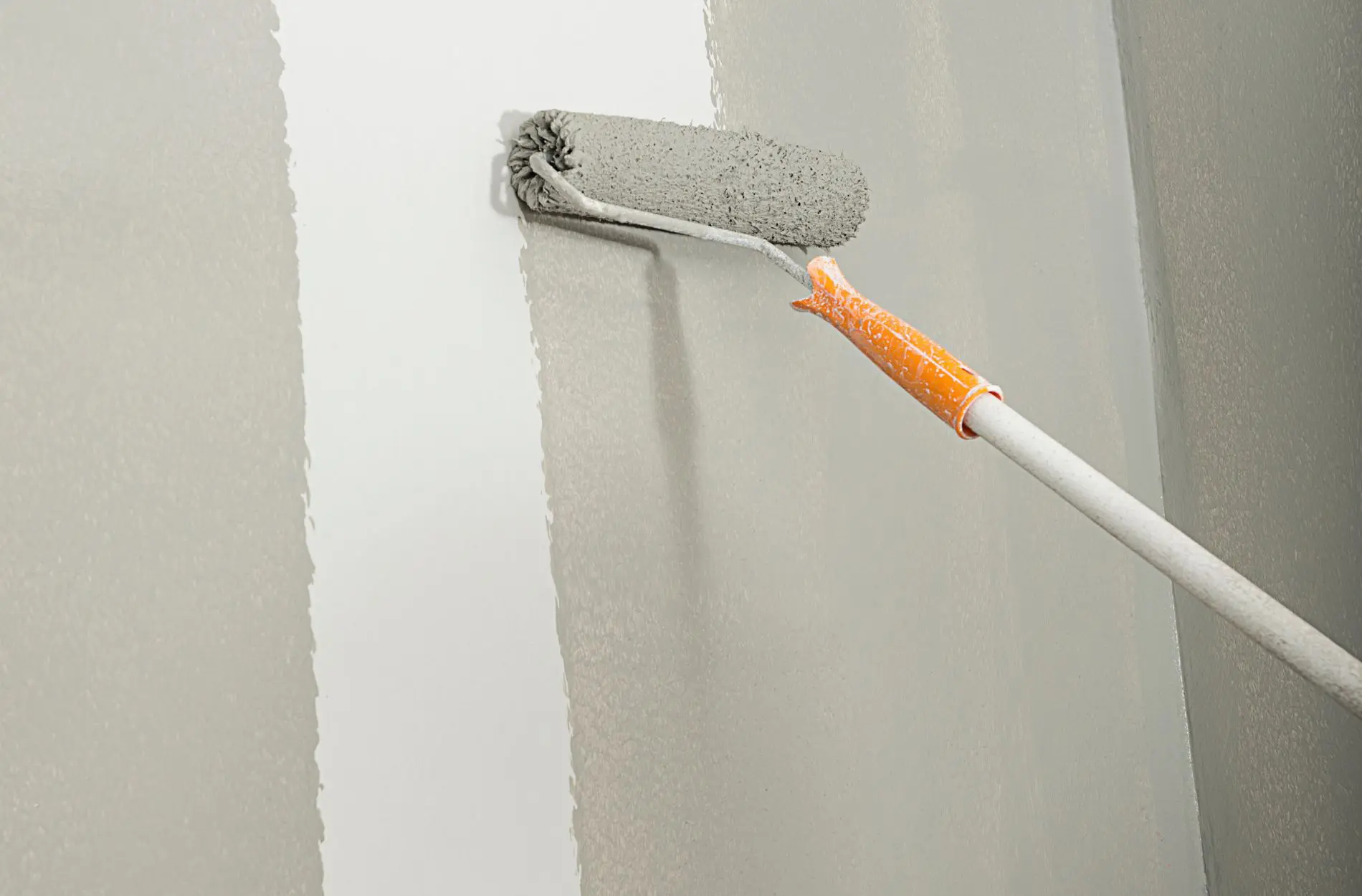Paintbrush Care & Cleaning FAQ

Contrary to popular belief, most people don’t actually know the proper/professional way to clean paintbrushes. Which is why they (as in most people) have a tendency to throw all manner of weird and wonderful chemical concoctions at them and hope for the best.

Unfortunately, not only does this kind of random approach generally lead to poor results, but it can actually damage or destroy the bristles. So with this in mind, what follows is a brief overview of just a few of the most commonly asked questions on the subject of cleaning paintbrushes properly, along with their respective answers:
What’s the best way to clean paintbrushes after using oil-based and water-based paints?
The first rule to bear in mind in this instance is to ensure that the brushes are cleaned as quickly as possible after being used. Whatever you do, don’t allow the brushes to be soaked in water or solvent, as doing so can result in damage. It’s a good idea to arm yourself with one set of painting tools to be used with water-based products and another to be used with oil-based products, in order to keep things separated and simple.
To remove oil-based paints, varnishes, lacquers and shellacs from your paint brush, the best advice is to read the instructions that came with it, in order to choose the right product – denatured alcohol, paint thinner, mineral spirits etc. Place the required amount of solvent in a suitable receptacle, dip the bristles into the liquid and push it on and off the inside surface of the container a few times, in order to work it through the bristles. Shake or spin-off the excess in a safe place, switch to a clean container with more thinner and repeat the process as necessary.
To remove water-based (latex) paints from your paint brush, all you really need is a simple combination of mild soap and warm water. Once again, it is simply a case of dipping the brush into the solution and working it through the bristles, before rinsing and repeating as necessary. If you have any trouble removing particularly stubborn water-based paints, lacquer thinner or mineral spirits can be used, before rinsing thoroughly.
What is the best way to clean a paint roller?
The secret to cleaning your paint roller without it becoming a nightmare is to get the job done immediately, without allowing it to even begin drying. For the most part, the process is exactly the same as outlined above, in accordance with your choice of paints. However, prior to getting started, take a putty knife and scrape as much of the excess paint as possible off the roller and back into the can. It’s also important to ensure that your rollers are dried as quickly and thoroughly as possible after being washed, so be sure to hang them somewhere warm, dry and free of dust/debris.
Can you use a wire brush to clean a paintbrush?
Some people recommend using wire brushes to clean your paintbrush – we most certainly do not. The reason being that while it may do a good job getting rid of dried paint, a wire brush will also do an equally good job damaging or even destroying the bristles. In general, any kind of approach to cleaning your paintbrushes that is in any way aggressive or forceful is liable to do more harm than good.
Is it is true that if you put your paint brush in the fridge in between painting sessions, it won’t get hard and dried out?
Last but not least, there’s a theory which states that if you place a used paint brush in the fridge, the paint will stay fresh enough to be used next time around. In reality, there’s a certain amount of truth to the suggestion, but it isn’t necessarily a recommended approach. For one thing, it’s always better for your brushes if you clean and dry them properly after being used. Secondly, even at a colder temperature, the paint will still continue to slowly dry and reduce in quality. Last but not least, even if you get as generous as can be with the plastic wrap, it is inevitable that the odor from the paint will permeate and make its way all over your fridge – not to mention into your food! You could of course invest in a second fridge purely for your paintbrushes, but it’s hardly any economical approach.
For more information on any aspect of interior or exterior home painting, get in touch with the Homm CPS customer service team today.










